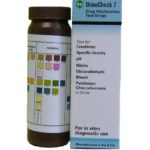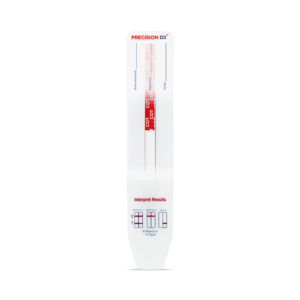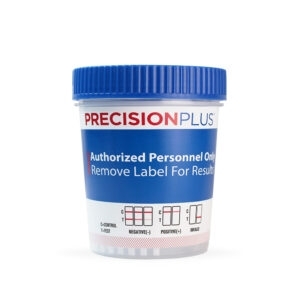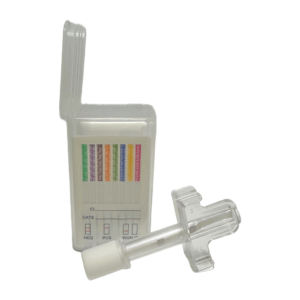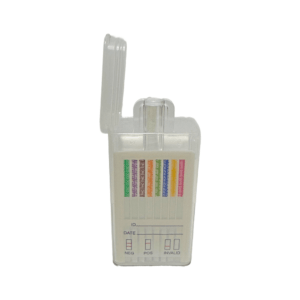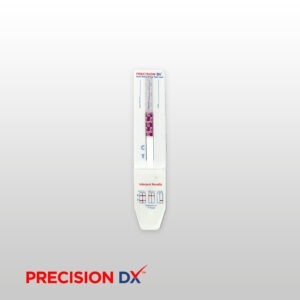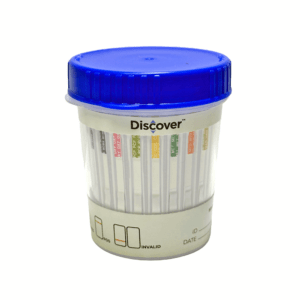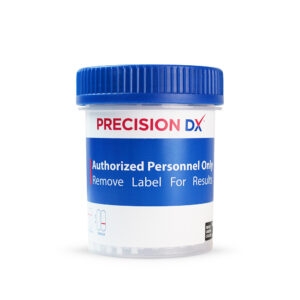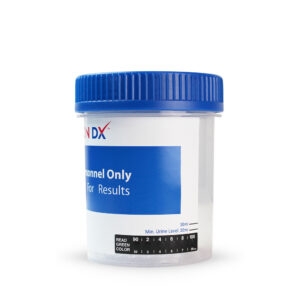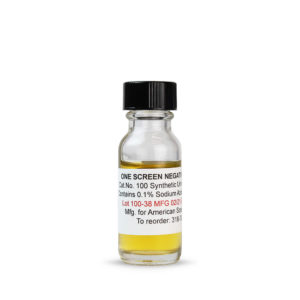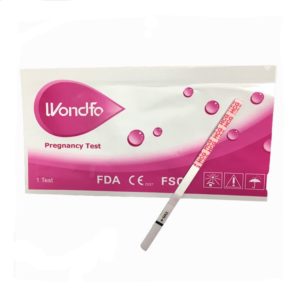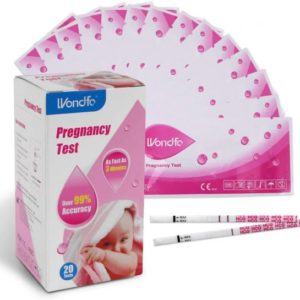UrineCheck 7 Drug Adulteration Test Strip 25/Bottle
As Low As: $21.13 eachList Price: $30.62
- Description
- Information
- Details
- Product Spec
Description
INTENDED USE
UrineCheck 7 is a fast dip-and-read test for the determination of diluted or adulterated urine specimens. It is an important pre-screening test for any drug-testing program. Each bottle contains 25 strips.
SUMMARY AND EXPLANATION
UrineCheck 7 drug adulteration tests are firm plastic strips to which seven different reagent areas are affixed. UrineCheck 7 test strips are ready-to-use and disposable. No equipment is required for its use. Only fresh and uncentrifuged urine samples without preservatives are to be used.
UrineCheck 7 provides tests for Creatinine, Nitrite, pH, Specific Gravity, Glutaraldehyde, Oxidants, and Pyridium Chlorochromate in urine. Test results may be useful for assessing the integrity of the urine sample prior to Drugs-of-Abuse testing; for example, whether the sample is possibly diluted with water or other liquids as indicated by the creatinine and specific gravity tests. UrineCheck 7 detects whether the sample contains commercially available adulterants including nitrite, glutaraldehyde, bleach, pyridinium chlorochromate and other oxidizing agents. UrineCheck 7 can also assess whether the sample is possibly contaminated by acidic (vinegar) or basic (ammonia solution) adulterants as indicated by the pH test.
TEST PRINCIPLE
In general, all seven tests are based on the chemical reactions of the indicator reagents on the pads with components in the urine sample effecting color changes. Results are obtained by comparing the color on each of the test pads with the corresponding pad on the container color chart label.
Creatinine: Testing for sample dilution. In this assay, creatinine reacts with a creatinine indicator in an alkaline condition to form a purplish-brown color complex. The concentration of creatinine is directly proportional to the color intensity of the test pad.
Glutaraldehyde: Testing for the presence of exogenous aldehyde. In this assay, the aldehyde group on the glutaraldehyde reacts with an indicator to form a pink/purple color complex.
Nitrite: Testing for the presence of exogenous nitrite. Nitrite reacts with an aromatic amine to form a diazonium compound in an acid medium. The diazonium compound in turn couples with an indicator to produce a pink-red/purple color.
Oxidants: Testing for presence of oxidizing reagents. In this reaction, a color indicator reacts with oxidants such as hydrogen peroxide, ferricyanide, persulfate, or pyridinium chlorochromate to form a blue color complex. Other colors may indicate the presence of other oxidants.
pH: Testing for the presence of acidic or alkaline adulterant. This test is based on the well-known double pH indicator method that gives distinguishable colors over wide pH range. The colors range from orange (low pH) to yellow and green to blue (high pH).
Specific Gravity: Testing for sample dilution. This test is based on the apparent pKa change of certain pretreated polyelectrolytes in relation to the ionic concentration. In the presence of an indicator, the colors range from dark blue or blue-green in urine of low ionic concentration to green and yellow in urine of higher ionic concentration.
Bleach: Testing for the presence of bleach in urine. In this test, the presence of bleach forms a blue-green color complex.
Pyridium Chlorochromate: Testing for the presence of chromate in urine. In this test, the presence of chromate forms a blue-green color complex.
Procedure
- Remove from the bottle only enough strips for immediate use and replace cap tightly.
- Completely immerse reagent areas of the strip in fresh, well-mixed urine. Remove the strip immediately to avoid dissolving out the reagent areas.
- While removing, touch the side of the strip against the rim of the urine container to remove excess urine. Blot the lengthwise edge of the strip on an absorbent paper towel to further remove excess urine and avoid running over (contamination from adjacent reagent pads.)
- Compare each reagent area to its corresponding color blocks on the color chart and read at the times specified. Proper read time is critical for optimal results.
- Obtain results by direct color chart comparison.
Note: All reagent areas may be read between 1 – 2 minutes for screening positive urine from negative urine. Changes in color after 2 minutes are of no diagnostic value.

Additional information
| Weight | 0.08 lbs |
|---|---|
| Dimensions | 5 × 2.5 × 2.5 in |
| Brand | UrineCheck |
| Type | |
| Strips & Analyzers | |
| Adulterants | |
| Number of Drugs Tested |





